It’s the first day of class and here they come, new puppy parents looking as if they just lost a wrestling match with a blackberry bush.  Ah…the joy of puppies, those sweet, silly, cuddly balls of love; they sure would be lots more fun if wasn’t for those razor sharp teeth. The good news – puppy teeth are completely replaced by much duller adult teeth around six months of age.  The bad news – adult teeth are much larger and they come with incredibly strong jaws.
One important lesson pups should learn by 4 months of age is the degree of intensity with which they can mouth people. The softer we teach our pups to mouth, the better. And only after a pup is reliably mouthing softly should we decrease the frequency of the behavior in general.
Generally speaking, animals repeat behaviors that are rewarding while behaviors that are not rewarded tend to fade and extinguish; therefore controlling consequences is often the key to controlling behavior.
All this really means is:
If you want to see a behavior more often – reward it.
If you want a behavior to stop – find out what the reward is and take it away.
The reward our pups get from mouthing skin and cloths is ‘interaction.’ Whether we intend that interaction to be positive or negative may not make a big difference i.e., taking hold of a pups muzzle and saying “no bite†to try and curb mouthing is often interpreted as play by pups.
The best policy for owners of puppies under 4 months of age is to allow play biting that is not too hard.  The very second your pup clamps down with too much pressure say “ouch!†and stop interacting, just walk away. Completely ignore your dog for approximately one minute then make-up as if nothing happened. It may take 5 -15 trials before you pup makes a strong connection between mouthing and your withdrawal; timing and consistency will speed the process. Once your pup understands exactly what behavior is making you go away you should see rapid decrease in that behavior.
If you try this exercise only to find your pup jumping or mouthing as you walk away, a little more control will be required. In this case you can put the pup in an exercise pen, crate or another room; you can go into another room yourself or tether your pup to his bed. Remember to keep the time-outs short.
As you work on bite inhibition exercises also remember to provide puppies and dogs with safe chew toys. Many chew toys can be frozen to further soothe the irritated gums of pups.


